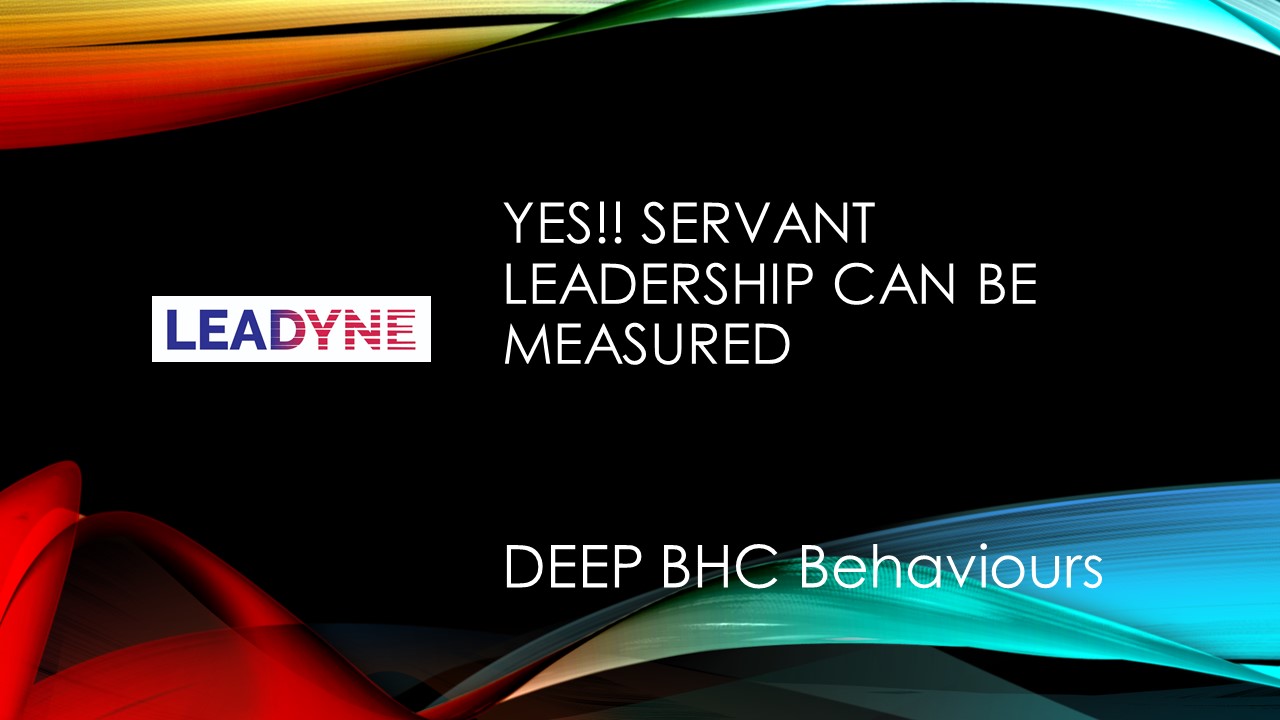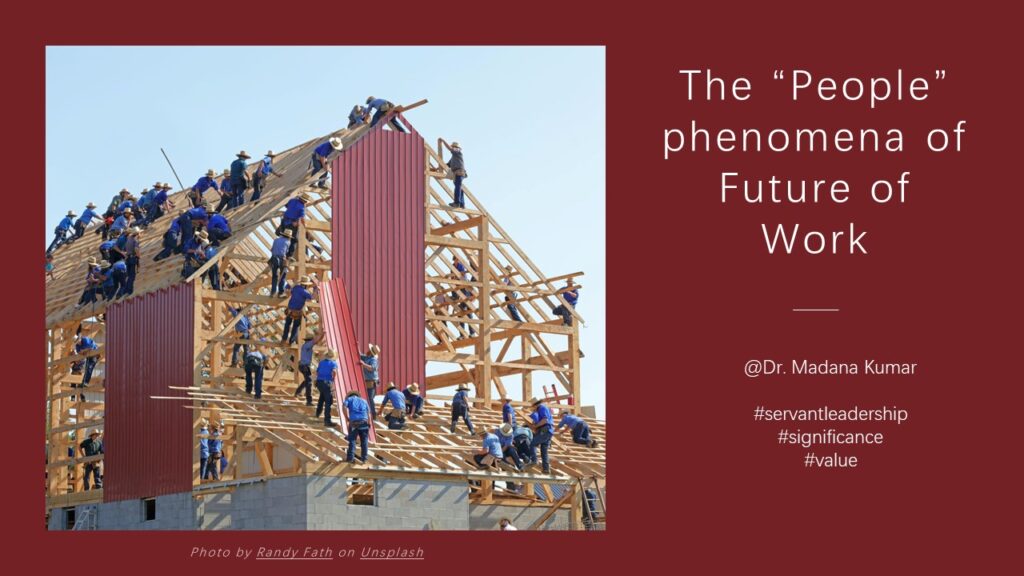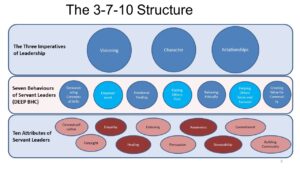The terms like great resignation, great reset, quite quitting, moonlighting etc., have become part of the HR vocabulary recently. And there are opposing views about all of them. An interesting point of view that I heard is that there is nothing new in these and these have been there in some form or other for a long time now, and we are only giving new names to the old phenomena.
I beg to differ. The need to see employees as emotional beings, is becoming more important every passing day. We cannot forget the fact that not too long ago, employees were considered “hired hands”. One of the infamous quotes attributed to Henry Ford goes like this “Why is it every time I ask for a pair of hands, a brain comes attached.“[1] Some other versions put it as “Why is it that I always get a whole person when all I want is a pair of hands?”. Whichever version is true, we get the message. But this situation has changed drastically over the past few decades. Organisations want the brains to come with the hands. The challenge is that even when the organisations accept hands and brains, they would still prefer them to leave their heart or emotions at the door. This is simply impossible. If you need great employees you need to accept them as whole persons, hands, brains, emotions et al.
This is the genesis of all the people phenomena that I listed at the beginning. What do organisations see people as?
When I used to interview people who wanted to join the HR or L&D functions, I used to ask the question why? And you could easily guess the common answer. “Because I love people”. That got me thinking. Will a CFO hire someone just for their love of money or a CTO hire a person just for their love of technology? A CFO will hire someone who knows how to use money for organisational success. A CTO will hire someone who can use technology for organisational success. By the same yardstick, should a CHRO hire someone who will be able to “use” people for organisational success? The fact is, this is what was happening, and probably is happening even now. When we start seeing people as “resources” problems like great resignation, quite quitting, moonlighting etc. will continue to happen. That is why I used the term “people” phenomena for this. The oxford dictionary defines phenomena as “a fact or situation that is observed to exist or happen, especially one whose cause or explanation is in question.” These phenomena will continue as long as we see people as resources.
 So what is the solution. In our Servant Leadership initiatives, we use the 3-7-10 framework. One of the seven DEEP BHC behaviours is Helping others grow and succeed. This behaviour is driven by the attribute of Commitment to the growth of others. We define commitment to the growth of others as
So what is the solution. In our Servant Leadership initiatives, we use the 3-7-10 framework. One of the seven DEEP BHC behaviours is Helping others grow and succeed. This behaviour is driven by the attribute of Commitment to the growth of others. We define commitment to the growth of others as
People have an intrinsic value beyond their tangible contributions as workers. Committed to a personal, professional, and spiritual growth of each and every individual within the organization. Servant Leaders invest in the holistic development of team members as against the traditional trend of investing only in “monetizable” skills.[2]
 The concepts of holistic development and value stand out. In an earlier blog I had explained the VALUE framework for employee engagement. Let me present it again with one modification.
The concepts of holistic development and value stand out. In an earlier blog I had explained the VALUE framework for employee engagement. Let me present it again with one modification.
- V: Give them an inspiring Vision
- A: Appreciate them. “Catch them do the right things (Ken Blanchard)”
- L: Love: I always get raised eyebrows when I drop the L word. But it is a fact. Bosses love power, leaders love people. Some ways to act out our love in a leadership context is listed in an earlier blog
- U: Uplift your employees
- E: Empower them and be available to serve them if they need help.
So let us stop debating whether the people phenomena we are seeing as part of future of work are old or new. Let us start looking for ways we can value people beyond their tangible contribution that they bring with their hands and brains. Servant Leadership promotes this mentality naturally. Out of the seven DEEP BHC behaviours, four of them are about relationships. Yes we can achieve a fine balance between results and relationships and Servant Leadership is the answer.
[1] https://www.linkedin.com/pulse/bring-your-brain-daren-martin/
[2] Adapted from : Spears, Larry C. Characteristics of Servant Leaders. Chapter 2. Blanchard, Ken; Broadwell, Renee. Ed. Servant Leadership in Action . Berrett-Koehler Publishers. Kindle Edition. 2018
_____________________________________________________________
 Dr. Madana Kumar is the Servant Leadership Evangelist at Leadyne. You can connect with him here or contact him here.
Dr. Madana Kumar is the Servant Leadership Evangelist at Leadyne. You can connect with him here or contact him here.



